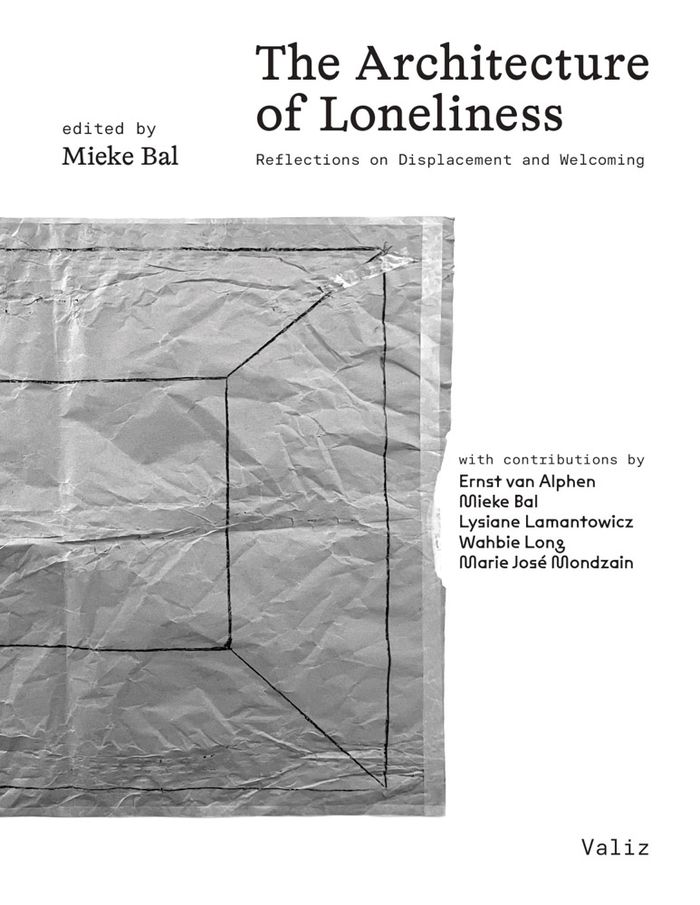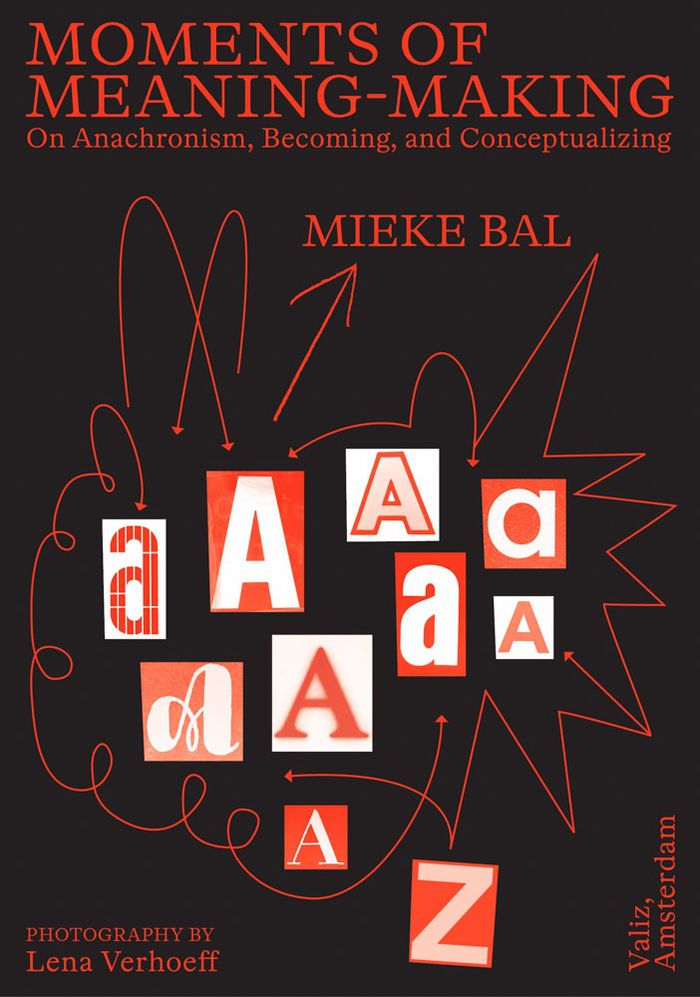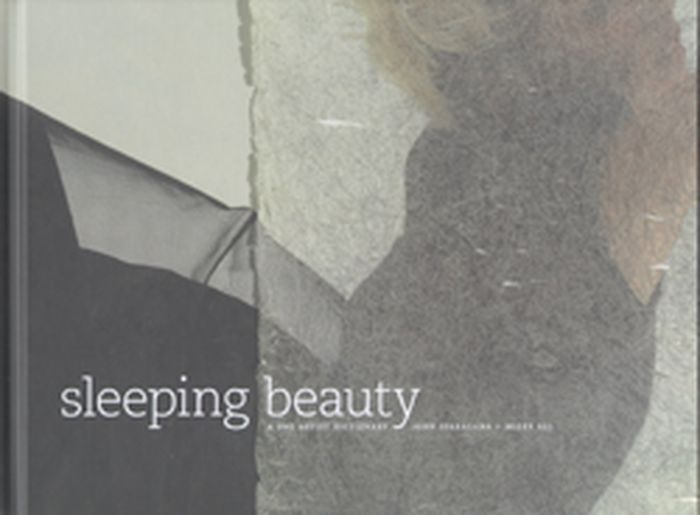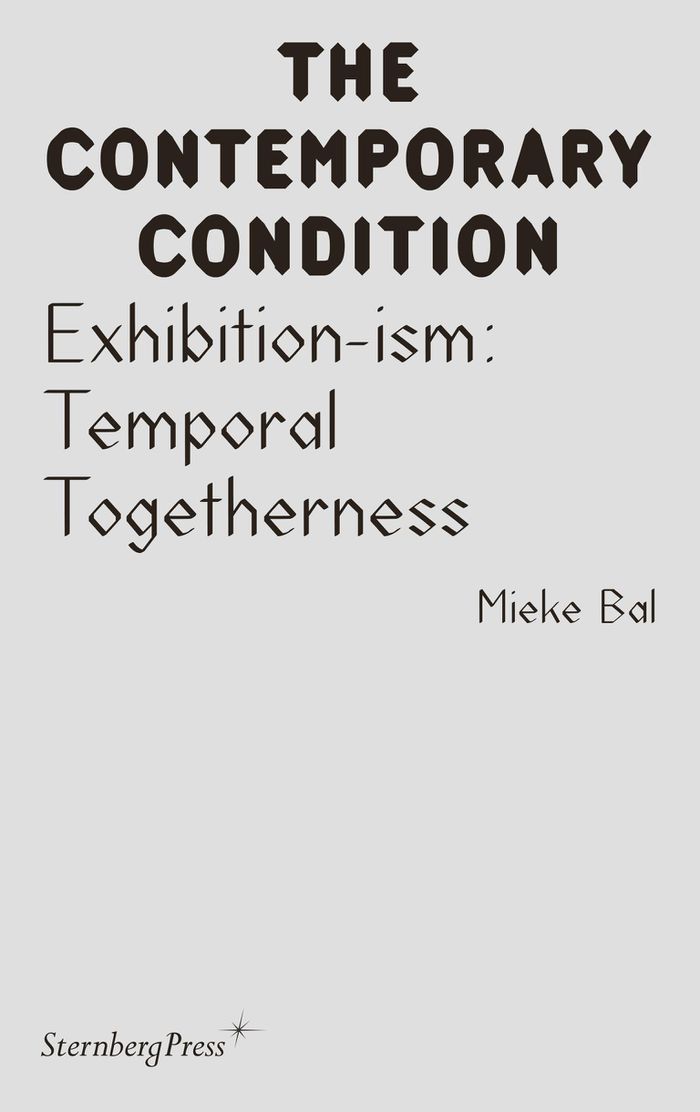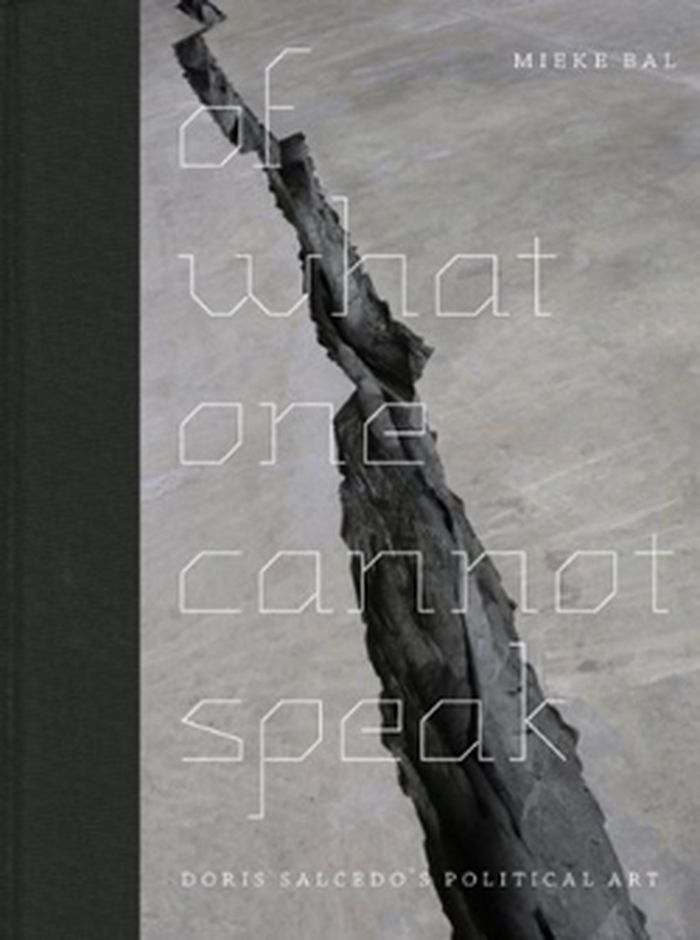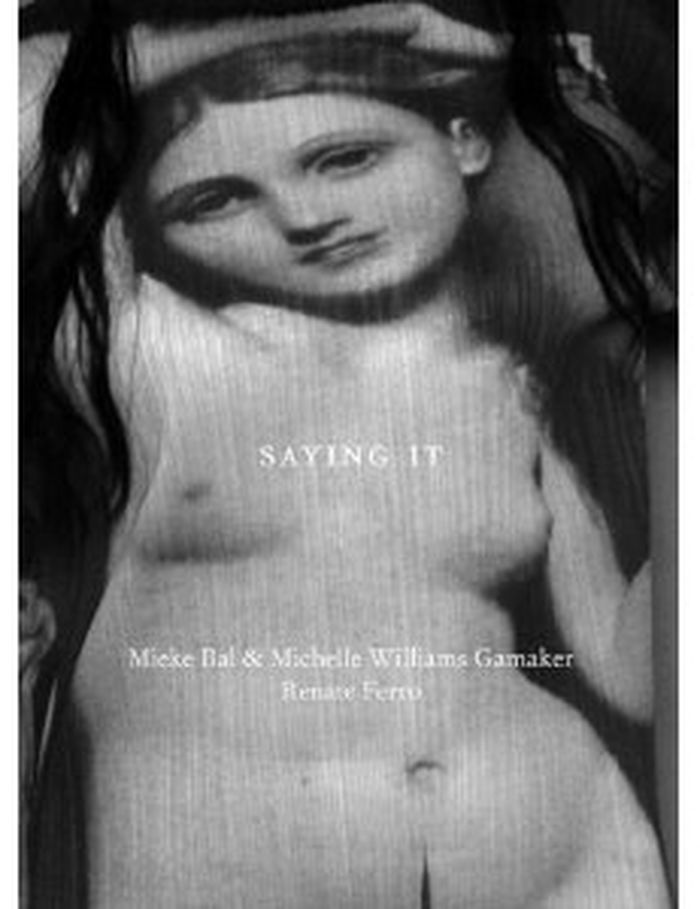$35.00
(disponible sur commande)
Résumé:
The aftermath of the Covid restrictions, mental problems, being confronted with the influx of people with a different background and culture, the alienation of ourselves and of others, not being able to relate to other people; these can all cause deep feelings of loneliness. What is loneliness, as different from solitude? Whereas solitude is a chosen condition that(...)
The architecture of loneliness: reflections on displacement and welcoming
Actions:
Prix:
$35.00
(disponible sur commande)
Résumé:
The aftermath of the Covid restrictions, mental problems, being confronted with the influx of people with a different background and culture, the alienation of ourselves and of others, not being able to relate to other people; these can all cause deep feelings of loneliness. What is loneliness, as different from solitude? Whereas solitude is a chosen condition that refrains from social relations, loneliness suffers from the lack of these. The three essays in this book each explore a side of loneliness, strongly connected to the encounter with the other. South-African psychologist Wahbie Long lays out what kind of relationships to the outside world emerge from childhood experiences of playing and relating to others. French philosopher Marie-José Mondzain uses the metaphor of architecture with its terms as threshold, doors, walls, windows, a bench in front of the frontal wall; elements that construct '‘home'', the architectural and emotional place where encounters can happen, where ‘'strangers'’ should be welcomed and trusted. French psychoanalyst Lysiane Lamantowicz discusses a form of loneliness that we see all around us: the consequences of social networks on the internet.
Social
$49.00
(disponible sur commande)
Résumé:
Dutch theorist and video artist Mieke Bal is well known for her specific ways of "deep reading" works by artists such as Caravaggio, Rembrandt, Louise Bourgeois and Nalini Malani. She intertwines her research with various disciplines, including contemporary and 19th-century literature, psychoanalysis, gender studies, philosophy and biblical studies, and she has always(...)
Moments of meaning-making: On anachronism, becoming, and conceptualizing
Actions:
Prix:
$49.00
(disponible sur commande)
Résumé:
Dutch theorist and video artist Mieke Bal is well known for her specific ways of "deep reading" works by artists such as Caravaggio, Rembrandt, Louise Bourgeois and Nalini Malani. She intertwines her research with various disciplines, including contemporary and 19th-century literature, psychoanalysis, gender studies, philosophy and biblical studies, and she has always approached her video art as a specific form of cultural analysis. When ruminating on how she could best reflect on a full life with different roles and experiences, she did not want to write a navel-gazing autobiography. Instead, she decided on an ABC of memories and the concepts these have generated: key terms that have a specific value to her, that interlink as a mesh of meaning, weaving together daily experiences and teaching, her know-how in artmaking and the core concepts of her analytical work.
Théorie de l’art
$40.00
(disponible sur commande)
Résumé:
The dictionary. The ubiquitous high-gloss fashion ad. The fraught relationship between artist and critic. Sleeping Beauty ties these disparate strands of our everyday lives together only to strip away everything we thought we knew about each of them. A collaborative work by the artist John Sparagana and the critic Mieke Bal, this truly cutting-edge work takes the shape of(...)
janvier 1900, Chicago
Sleeping beauty: a one-artist dictionary
Actions:
Prix:
$40.00
(disponible sur commande)
Résumé:
The dictionary. The ubiquitous high-gloss fashion ad. The fraught relationship between artist and critic. Sleeping Beauty ties these disparate strands of our everyday lives together only to strip away everything we thought we knew about each of them. A collaborative work by the artist John Sparagana and the critic Mieke Bal, this truly cutting-edge work takes the shape of a conversation between his creations—distressed, or “fatigued,” magazine pages—and her words, imagining anew the relationships of image to text and of art to those who write about it.
Exhibition-ism
$16.00
(disponible sur commande)
Résumé:
In "Exhibition-ism," theorist and artist Mieke Bal develops the idea that exhibiting is a significant form of the contemporary. In an exhibition, visitors are in the actual company of artworks that can perform. This book considers recent shows of Bal’s own video work, and is framed by observations on contemporary sculpture’s response to classics of the form. Looking at(...)
Exhibition-ism
Actions:
Prix:
$16.00
(disponible sur commande)
Résumé:
In "Exhibition-ism," theorist and artist Mieke Bal develops the idea that exhibiting is a significant form of the contemporary. In an exhibition, visitors are in the actual company of artworks that can perform. This book considers recent shows of Bal’s own video work, and is framed by observations on contemporary sculpture’s response to classics of the form. Looking at art as process, Bal makes the case that the being-together-in-time of an exhibition visit encourages and, if the curation is well-thought-out, can heighten the sense of the contemporaneity–art being more capable of this than anything else.
Théorie de l’art
$48.95
(disponible sur commande)
Résumé:
Doris Salcedo, a Colombian-born artist, addresses the politics of memory and forgetting in work that embraces fraught situations in dangerous places. Noted critic and theorist Mieke Bal narrates between the disciplines of contemporary culture in order to boldly reimagine the role of the visual arts. In Of What One Cannot Speak, Bal leads us into intimate encounters with(...)
Doris Salcedo's political art: Of what one cannot speak
Actions:
Prix:
$48.95
(disponible sur commande)
Résumé:
Doris Salcedo, a Colombian-born artist, addresses the politics of memory and forgetting in work that embraces fraught situations in dangerous places. Noted critic and theorist Mieke Bal narrates between the disciplines of contemporary culture in order to boldly reimagine the role of the visual arts. In Of What One Cannot Speak, Bal leads us into intimate encounters with Salcedo’s art, encouraging us to consider each work as a “theoretical object” that invites—and demands—certain kinds of considerations about history, death, erasure, and grief.
$30.00
(disponible sur commande)
Résumé:
This book accompanies Saying It, an exhibition by artists Mieke Bal & Michelle Williams Gamaker and Renate Ferro at the Freud Museum, London, curated by Joanne Morra. Besides images, and descriptions of the works in the exhibition written by the artists themselves, the book contains new essays by Cathy Caruth, Marjorie Garber, Miguel Á. Hernández-Navarro, Ranjana Khanna(...)
décembre 2012
Saying it: Mieke Bal, Michelle Williams Gamaker, Renate Ferro
Actions:
Prix:
$30.00
(disponible sur commande)
Résumé:
This book accompanies Saying It, an exhibition by artists Mieke Bal & Michelle Williams Gamaker and Renate Ferro at the Freud Museum, London, curated by Joanne Morra. Besides images, and descriptions of the works in the exhibition written by the artists themselves, the book contains new essays by Cathy Caruth, Marjorie Garber, Miguel Á. Hernández-Navarro, Ranjana Khanna and Joanne Morra, as well as a foreword by Carol Seigel, Director of the Freud Museum. Together, the artists’ words and those of the other authors underscore the significance of Saying It as what Morra terms a ‘site-responsive’ exhibition : not only do Bal & Williams Gamaker and Ferro shed light on key concepts of psychoanalysis (psychosis, transference, screen memories), but they reveal new layers of narrative and meaning enfolded in the site where their work is displayed, namely the former home of Anna and Sigmund Freud, now a world-renowned museum and archive.
